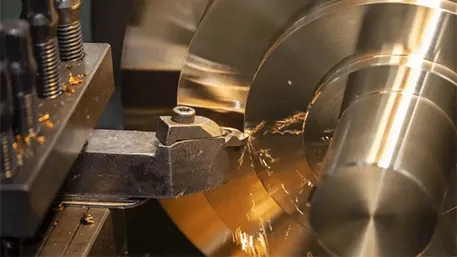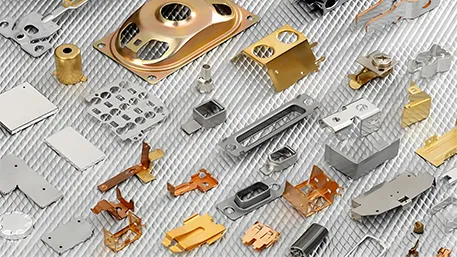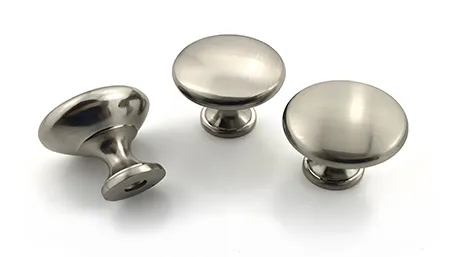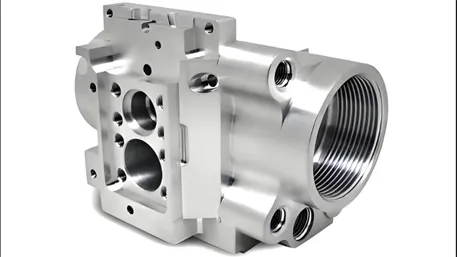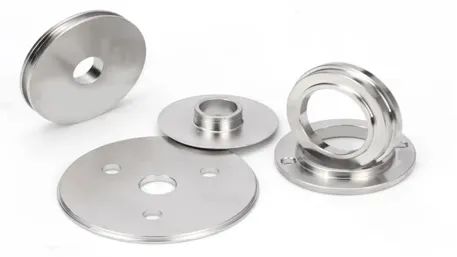With the rapid development of modern manufacturing industry, plastic products are widely used in household appliances, communication equipment, household goods and other fields because of their low density, light weight, good insulation, chemical stability, wear-resistant shock absorption, good light transmission and other advantages. Thin-wall injection molding technology, as an important technology in the field of plastics processing, is gradually becoming the focus of attention in the industry because of its ability to effectively reduce the weight of the product, save materials, and improve production efficiency. This paper will discuss in detail the definition of thin-wall injection molding, design principles, material selection, mold design and injection molding process.
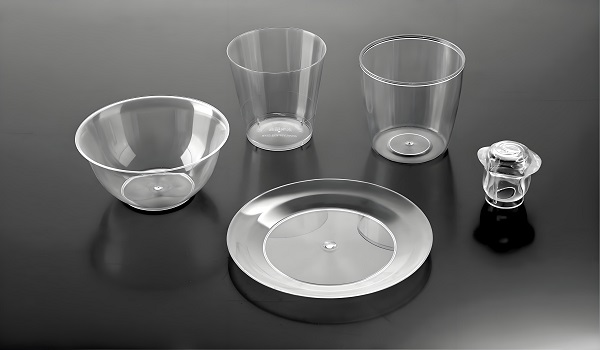
Definition of thin-wall injection molding
Thin-wall injection molding technology refers to the injection molding machine will be molten plastic into the mold cavity, the formation of thin wall thickness (usually less than 1.5mm) of the process of plastic products. Specific definitions include the following:
Ratio of flow length to thickness (L/T): the ratio of the flow length L from the time the melt enters the mold to the furthest point of the cavity that the melt must fill to the corresponding average wall thickness T is 100 or 150 or more.
Thickness and projected area of the molded part: the thickness of the molded part is less than 1mm, and the projected area of the molded part is more than 50cm².
Thickness to diameter ratio (t/d): for disk-type molded parts, the ratio of molded part thickness t to molded part diameter d is below 0.05.
Thin-walled molded parts design principles
The design of thin-walled molded parts need to consider the rigidity of the product, impact resistance, manufacturability and material selection and other factors.
Wall thickness design
The wall thickness design of the part is the key to thin-wall injection molding. Too thin wall thickness will lead to large flow resistance during molding, difficult to fill the cavity; too thick wall thickness is prone to produce shrinkage pit, bubbles and other defects. Under the premise of ensuring the stiffness and strength, the recommended range of wall thickness of the molded part is between 0.456.5mm, the common range is 1.53.0mm, and the wall thickness is required to be uniform. Design also need to consider the reinforcing bars, screw columns and other structures on the stiffness, strength and appearance of the impact.
Reinforcement design
The design of reinforcement is essential to improve the strength and stiffness of thin-walled plastic parts. The structure and dimensions of ordinary reinforcement should meet the following requirements:
Thickness of reinforcing bar b=(0.40~0.75)t (t is wall thickness)
Height of reinforcing bar L=(2.5~5.0)t
Slope of mold release α=0.5°~1.5°.
Reinforcement bar not only enhances the rigidity and strength of the molded part, but also prevents the deformation of the molded part and facilitates the flow of the plastic melt.
Screw Post Design
Screw posts are used to install other parts inside the molded part, and their design needs to consider the presence or absence of reinforcement. The length of the bottom of the screw post with reinforcement c=(0.2~0.5)×the height of the screw post, in order to enhance the rigidity and stability of the screw post.
Thin-walled molded parts material selection
Thin-walled plastic parts material selection needs to meet the requirements of high fluidity, high impact strength, good heat resistance and dimensional stability.
Plastic fluidity
Thin-wall injection molding requires plastic with good fluidity to ensure that the melt can smoothly fill the cavity. The flowability of plastics can be characterized by melt viscosity coefficient or melt mass flow rate (MFR). Resins with poor flowability, such as PC, can be modified to improve their flowability.
Impact properties of plastics
Thin-walled plastic parts should have high impact performance, room temperature impact strength of not less than 640 J / m, and in low temperature (-29 ℃) can be normal use.
Heat resistance of plastics
Thin-walled plastic parts need to be maintained at 70 ~ 90 ℃ without deformation, denting, aging. To summarize the above requirements, the recommended materials include PP, ABS, PC/ABS alloy, PA6 and so on.
Thin-wall mold design
Mold design is one of the keys to the success of thin-wall injection molding. Thin-wall molds need to have high stiffness, high strength and good wear resistance.
Overall structure of the mold
The moving template, fixed template and its support plate need to be thicker than traditional molds, usually increased by 30% to 50%, and increase the support column to improve rigidity. The clamping surface needs to be set up with taper positioning to ensure precise positioning and side support. Mould materials are often selected from S136, 2344, SKD61, PMS and other high-strength, high-hardness mould steel, and pre-hardened or heat-treated to improve wear resistance.
Casting system
The design of the pouring system needs to be determined according to the fluidity of the plastic. For plastics with good fluidity (e.g. PP), point gating can be used; for plastics with medium fluidity (e.g. ABS), the gate should be designed in the thicker part of the molded part as much as possible, and multi-gate form or hot runner technology should be used to reduce the pressure drop and fill the cavity quickly.
Thin Wall Injection Molding FAQ
1. What is Thin Wall Injection Molding?
Thin-Wall Injection Molding (TWIM) is an injection molding technology specifically designed to produce plastic products with thin wall thickness. There are various definitions, but it usually includes injection molding methods where the ratio of flow length to thickness (L/T) is above 100 or 150, or where the wall thickness of the part is less than 1mm (or 1.5mm), and where a certain projected area or thickness-to-diameter (t/d) requirement is satisfied.
2. What are the advantages of thin-wall injection molding?
Thin wall injection molding has the advantages of low part weight, low material consumption, short molding cycle, high production efficiency. In addition, it also helps to reduce product costs and improve market competitiveness. With the development trend of 3C products to “light, thin, short, small” direction, thin-wall injection molding technology has been more and more attention and application.
3. What are the requirements of thin-wall injection molding for plastic raw materials?
Thin-wall injection molding of plastic raw materials, high requirements, the need for raw materials with large flow length, high impact strength, high heat distortion temperature, high thermal stability, low directionality and good dimensional stability. In addition, it is also necessary to consider the raw material’s low-temperature impact rigidity, flame retardancy, mechanical assembly and appearance quality and other factors. Currently commonly used raw materials for thin-wall injection molding include polycarbonate (PC), acrylonitrile-butadiene-styrene (ABS), PC/ABS blends and PA6.

